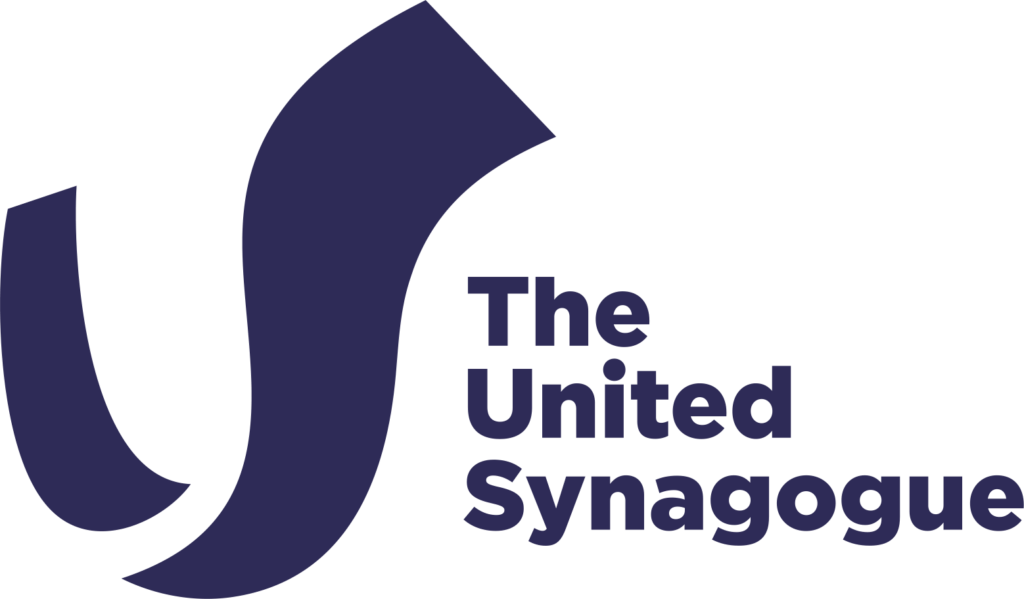Long before the world woke up to the idea of a digital detox, Jews have kept Shabbat and used the day to spend time with family, friends and connect with God. We’ve put together 14 steps to enjoy the perfect Shabbat.
Shabbat
Shabbat begins by lighting two Shabbat candles, to bring peace and light into the home. In olden times, many people could not afford candles for every night of the week. Having light for Shabbat not only made Shabbat more special, but also made for more harmony in the home (shalom bayit) as provision of light meant that it was easier to see.
After Friday night services in synagogue, we sing songs of welcome at home, such as Shalom Aleichem and Eishet Chayil. These extol the virtues of hospitality, Shabbat and Jewish women (see the Authorised Daily Prayer Book – green and blue editions, p.310 – or the Artscroll siddur, p.354, for more explanation of these).
Parents typically bless their children, handing onto them the blessings and practices of Judaism.
Kiddush, the prayer which proclaims and sanctifies Shabbat, is recited before drinking kosher wine or grape juice prior to the meal. We remember the creation of the world and the creation of Shabbat in this kiddush.
This is followed by Netilat Yadayim, washing hands ritually and hygienically before bread, to remind us of the Temple rituals.
We recite a blessing over two loaves (today we typically use “chala” loaves, plural “chalot”) to recall the double portion of manna that the Children of Israel received on Fridays in the desert. The Friday night meal is then served.
We sing Zemirot, table songs at Shabbat meals. As well as the uplifting tunes which enhance our experience, the words of the Zemirot describe themes and laws of Shabbat. They are not sophisticated cantorial pieces, instead are a form of folk music, to borrow a phrase from Rabbi Sacks zt”l.
We share Divrei Torah, brief thoughts on a Torah topic, (the singular, referring to a single presentation, is Devar Torah) often but not exclusively about the weekly Sidra. This helps to elevate the experience of the Shabbat table and ensures our continuing commitment to Jewish knowledge, another value that defines a Jewish home. Either find an idea yourself to share or use one of the many books or internet articles available, such as our Weekly Torah Portion section, the United Synagogue’s ‘Daf Hashavua’ sheet available in shul, or your own Shul’s weekly newsletter which often contains a Devar Torah written by your rabbi or rebbetzen. Divrei Torah are not just given by rabbis or rebbetzens though so why not try giving one yourself too?
When practicable, we invite guests to enhance our mutual enjoyment of Shabbat in good company since a Jewish home is a hospitable one.
Birkat Hamazon, Grace after Meals, is recited after we eat bread. On Shabbat, it has special significance. As we have noted above, Shabbat is a day to appreciate the world around us, what we have accomplished and how God is in pulling the strings of the “puppet show” taking place on earth. Birkat Hamazon ensures we give thanks to God, particularly for the gift of food, saving us from the complacency that material affluence may cause.
Synagogue services on Shabbat day include an extra part, Musaf, after the weekly Torah reading (parasha/sidra) and haftarah (a piece from a book of Prophets relating to the weekly parasha).
The theme of second Shabbat meal and its zemirot, typically at lunchtime, focuses more on the implementation of Shabbat and the covenantal relationship between God and the Jewish people, as represented by Shabbat.
The third meal, Seudah Shelishit, often starting close to sunset is more contemplative as Shabbat draws to a close, focusing on the redemptive aspect of Shabbat which looks forward in time to a Messianic future of a peaceful world. Psalm 23, “Mizmor LeDavid”, “the Lord is my Shepherd” (p. 574 in the Authorised Daily Prayer Book and p. 590 in the Artscroll Siddur), is a popular and stirring song at this time. Rabbi Sacks called it “the greatest short poem of faith in any language.” The second and third meals also have two challot/loaves, although the requirement for this at the third meal is less stringent. Either one loaf or pieces of bread can be used instead, or some “mezonot” items, if you do not have bread.
Havdala, at the end of Shabbat, is the other part of the command to “remember” Shabbat (as derived from the 4th of the 10 Commandments), which mandates us to mention Shabbat at its start and end each week. As with Kiddush, wine or grape juice set the occasion (for Havdala but not for Kiddush, you can instead use a popular national drink, such as beer). A candle is lit to show, through the kindling of fire, the contrast between the Shabbat prohibition of melacha (creative activity) and the return to weekday life. The besamim, spices, give us a scent of Shabbat to take into the week, as we emerge spiritually refreshed to start a new week. Before lighting the candle, we make a verbal declaration that Shabbat has finished. This can either be through saying the Ma’ariv (evening prayers) or a simple declaration, Baruch Hamavdil bein kodesh lechol, Blessed is God who distinguishes between sacred and profane.
Reflecting on Shabbat rituals at home, Rabbi Sacks writes in his introduction to the Koren Birkon that, ”These are simple prayers and poems, yet the truth to which they testify is large. God lives in simple things: light, wine…love…gratitude. God fills the space we create for Him, and the way to do so is by opening our hearts and minds.”

